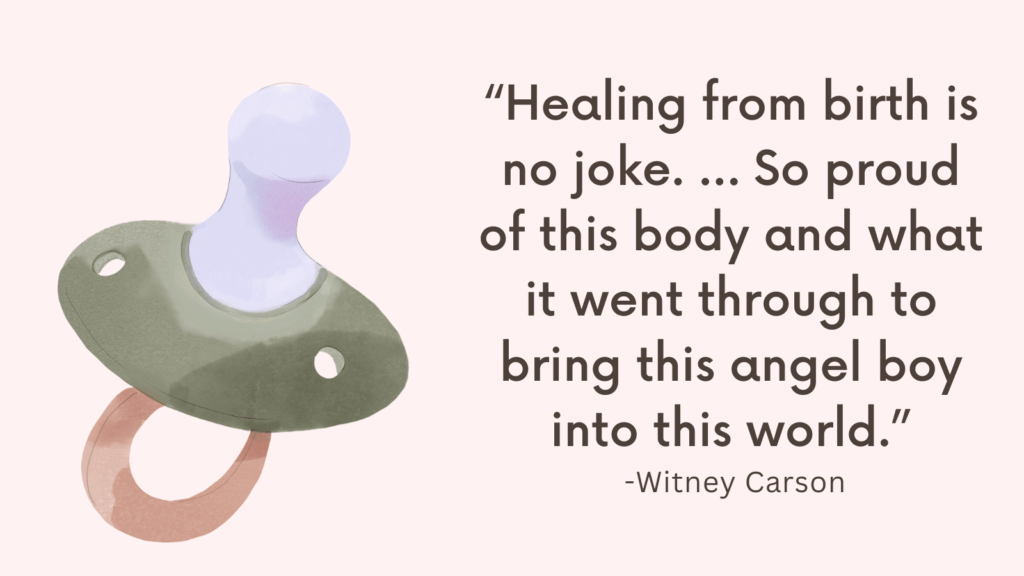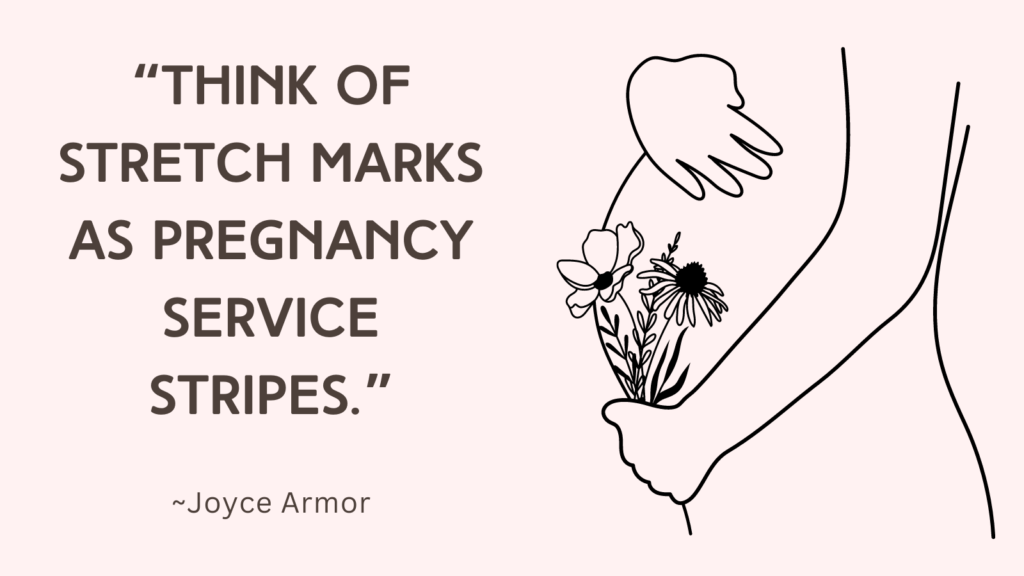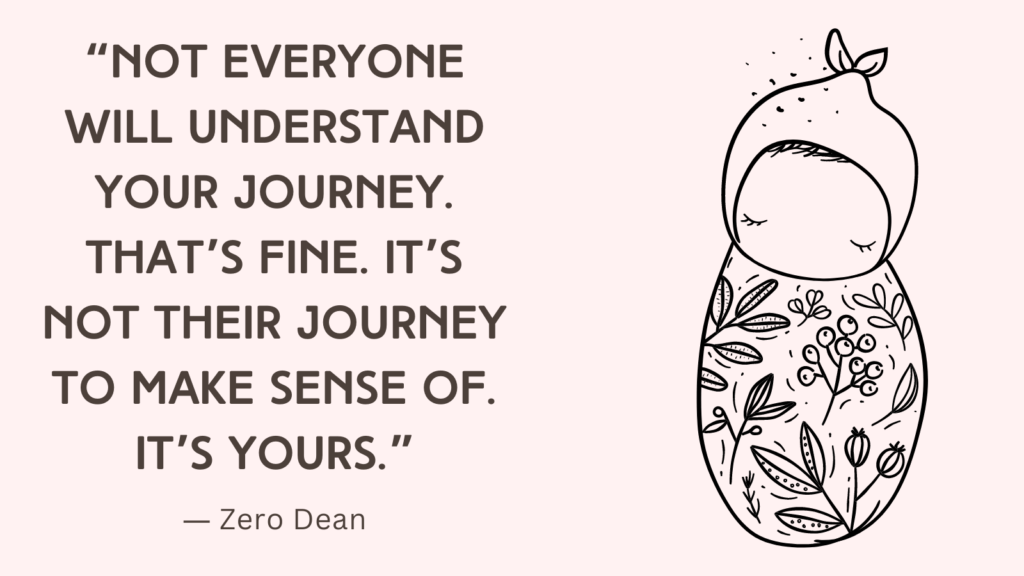In this post, you’ll learn how to get rid of c-section scar overhang.
Causes of C-Section Scar Overhang
C-section scar overhang, also known as a “shelf” or “apron,” refers to the presence of excess skin or fat that hangs over the C-section scar.
Several factors can contribute to the development of scar overhang, including:
1. Surgical technique: The way the C-section incision is closed and stitched can affect the appearance of the scar. If the closure is done too tightly, it may lead to tension on the incision site, causing the skin to bunch up and create an overhang.
2. Excessive weight gain during pregnancy: Gaining excessive weight during pregnancy can stretch the abdominal area significantly. After delivery, when the uterus and baby weight are gone, the excess skin and fat may sag over the scar.
3. Genetics: Certain genetic factors can influence the elasticity and structure of the skin, making it more prone to sagging or bunching.
4. Poor wound healing: Factors that affect wound healing, such as infection, improper care, or complications, can impact how the scar forms. In some cases, poor wound healing may contribute to scar overhang.
5. Lack of physical activity or muscle tone: Weak abdominal muscles and a sedentary lifestyle can contribute to the development of scar overhang. Stronger abdominal muscles can help support the abdominal wall and minimize excess skin and fat.
Related: Top 16 C Section Recovery Must Haves For A Smooth Recovery
Common Misconceptions Surrounding C-Section Scars
There are several misconceptions surrounding C-section scars. Here are some common ones:
1. All C-section scars look the same
C-section scars can vary in appearance, length, and thickness.
Factors such as the surgical technique used, individual healing process, and genetics can influence how a scar looks. Each person’s scar is unique to them.
2. C-section scars always cause pain or discomfort
While it’s true that some women may experience discomfort or pain around their C-section scar, especially during the initial healing phase, not all women will have this experience.
Many C-section scars heal well and do not cause any long-term pain or discomfort.
3. C-section scars prevent future vaginal births
Having a previous C-section does not automatically mean you cannot have a vaginal birth in the future.
Vaginal birth after cesarean (VBAC) is possible in many cases, depending on factors such as the reason for the previous C-section and the health of the mother and baby.
4. C-section scars can be completely eliminated
While there are various treatments available for scar reduction, such as creams, oils, and laser therapy, complete elimination of a C-section scar is typically not possible.
These treatments may help improve the appearance of the scar, but it is important to have realistic expectations.
It’s essential to consult with a healthcare professional for accurate information and personalized advice regarding C-section scars.
They can address any concerns, provide appropriate guidance, and recommend suitable treatments if required.
Related: When Can I Start Bending After C-Section?
Ways to Get Rid of C-Section Scar Overhang
Non-Invasive Treatments For C-Section Scar Overhang
#1. Topical Creams And Ointments — To Promote Scar Healing
These products often contain ingredients like vitamin E, cocoa butter, or silicone, which have been known to improve the appearance of scars over time.
By regularly applying these creams directly on the scar, you can help hydrate and nourish the skin, reducing the visibility of the overhang.
Remember, patience is key when it comes to scar healing, and consistently using topical creams can gradually lead to positive results.
#2. Massage Techniques — To Break Down Scar Tissue
When it comes to getting rid of C-section scar overhang, there are several massage techniques that can help break down scar tissue and improve blood circulation.
This area may be sensitive, so starting with light pressure and gradually increasing intensity as tolerated is recommended.
Once your incision has healed and your healthcare provider gives you the go-ahead, you can start massaging your C-section scar.
Use gentle, circular motions with your fingertips to massage the area around the scar.
Additionally, using a moisturizing cream or oil during the massage can help nourish the skin and keep it supple.
Consistency is key when it comes to seeing improvements, so incorporating these massage techniques into a daily routine can lead to significant results over time.
Related: Best 10 Postpartum Books
#3. Silicone Sheets Or Gels — To Flatten And Soften The Scar
These products have been found to be helpful in flattening and softening scars by providing gentle compression and hydration to the skin.
Silicone sheets are typically applied directly onto the scar, while silicone gels are massaged into the scar area.
Both options work by creating a protective barrier that helps to maintain moisture and provide a suitable environment for the scar to heal.
Additionally, silicone sheets and gels can help to prevent excessive collagen formation, which may contribute to scar overgrowth. (source)
It is important to note that individual results may vary, and it may take several weeks or months of consistent use to see noticeable improvements.
Related: 10 Tips For Successful Breastfeeding
#4. Laser Therapy — For Scar Reduction
Laser therapy has been gaining popularity as a safe and non-invasive method to reduce the appearance of scars.
By using targeted laser beams, this technique helps to stimulate collagen production in the skin, promoting healing and reducing scar tissue formation.
Laser therapy can be particularly beneficial for C-section scars as it specifically targets the overhanging skin, resulting in a more even and smoother texture.
The procedure involves multiple sessions, typically spaced a few weeks apart, with each session lasting from 10 to 30 minutes depending on the size of the scar.
While results may vary from person to person, many individuals have seen significant improvements in the appearance of their C-section scars after laser therapy.
Related: How To Combine Breastfeeding And Pumping?
Lifestyle Changes To Reduce C-Section Scar Overhang
#5. Diet And Exercise Tips — For Weight Management And Overall Health
It’s important to focus on overall weight management to promote healthy healing and reduce excess fat around the scar area.
A balanced diet rich in fruits, vegetables, lean proteins, and whole grains can help maintain a healthy weight and encourage skin elasticity.
Incorporating regular exercise, such as cardiovascular activities like walking, swimming, or cycling, along with strength training exercises, can also help tone the abdominal muscles and reduce the appearance of the overhang.
It’s essential to listen to your body during this recovery process and consult with a healthcare professional before starting any new exercise routine.
Remember to be patient and allow yourself time to heal and achieve your goals gradually, as consistency and perseverance are key.
Related: Top 8 Breast Pumping Tips For New Moms
#6. Practicing Self-Acceptance — To Improve Body Image
It is natural for women to feel self-conscious or dissatisfied with their postpartum bodies, especially if they have a visible scar.
However, it is essential to remember that this scar is a symbol of the incredible journey and strength that brought new life into the world.
To manage stress and improve body image, it is important to prioritize self-care.
Engaging in activities such as yoga, meditation, or deep breathing exercises can help reduce stress levels and promote self-acceptance.
Additionally, seeking support from loved ones or joining support groups can be immensely beneficial, as it allows mothers to connect with others who may be going through similar experiences.
Embracing positive body affirmations and focusing on what the body has accomplished rather than perceived flaws is also key.
Remember, each scar tells a unique story and is a reminder of the miracle of childbirth. By practicing self-acceptance and managing stress, women can learn to embrace and love their bodies, scars included.
Related: How To Increase Milk Supply During Period?
Tips For Camouflaging And Concealing C-Section Scar Overhang
#1. Clothing Choices And Styles That Provide Flattering Coverage
When it comes to camouflaging and concealing a C-section scar overhang, choosing the right clothing styles can make a significant difference in providing flattering coverage. Here are some tips to help you feel confident and comfortable:
1. Opt for high-waisted bottoms: High-waisted pants, skirts, or shorts can help cover the scar overhang effectively. Look for styles that sit above your scar, as this will create a smooth silhouette and minimize the appearance of any bulges.
2. A-line dresses and tops: A-line dresses and tops are great choices as they gently skim over the midsection, creating a flattering silhouette while providing enough coverage. They can also help draw attention away from the scar area.
3. Wrap dresses and tops: Wrap-style clothing is known for its ability to accentuate curves while offering adjustable coverage. By tying the fabric at the waist, you can achieve a customized fit that hides the scar overhang and brings attention to your waistline.
4. Peplum tops and dresses: Peplum styles feature a flared ruffle or peplum around the waist, helping to create a more balanced and curvy look. The peplum detail can effectively camouflage the scar while adding an interesting and flattering element to your outfit.
5. Patterned fabrics and textured garments: Choosing clothing with patterns or textured fabrics can divert attention from the scar overhang. Floral prints, stripes, or garments with ruching or draping can help distract the eye and create a more harmonious overall look.
Remember, confidence is key. Finding clothing styles that make you feel comfortable and confident is essential. Ultimately, embrace your body and scars as a part of your unique journey, and focus on highlighting your best features.
Related: When Does Breastfeeding Get Easier? A Guide for New Mothers
#2. Proper Undergarments To Enhance Body Confidence
Opt for high-waisted undergarments that extend above the scar area. These help cover and support the scar, providing comfort and reassurance.
Seamless underwear made from soft and stretchy materials can also minimize visibility and reduce friction against the scar.
Additionally, shapewear or compression garments with targeted panels can help smooth out any unevenness caused by the scar, creating a more streamlined appearance.
Some brands even offer specialized postpartum underwear with silicone gel sheets embedded in them, which aid in scar healing and help fade the scar over time.
Remember, the most important aspect is finding undergarments that make you feel comfortable and confident in your own skin, as each person’s journey and preferences may vary.
Related: Best 10 Breastfeeding Books
Conclusion
Every individual is unique, so it’s crucial to consult with a healthcare professional to determine the best course of action for your specific situation.
They will provide you with personalized advice and recommend appropriate treatments based on your scar’s characteristics and your overall health.




